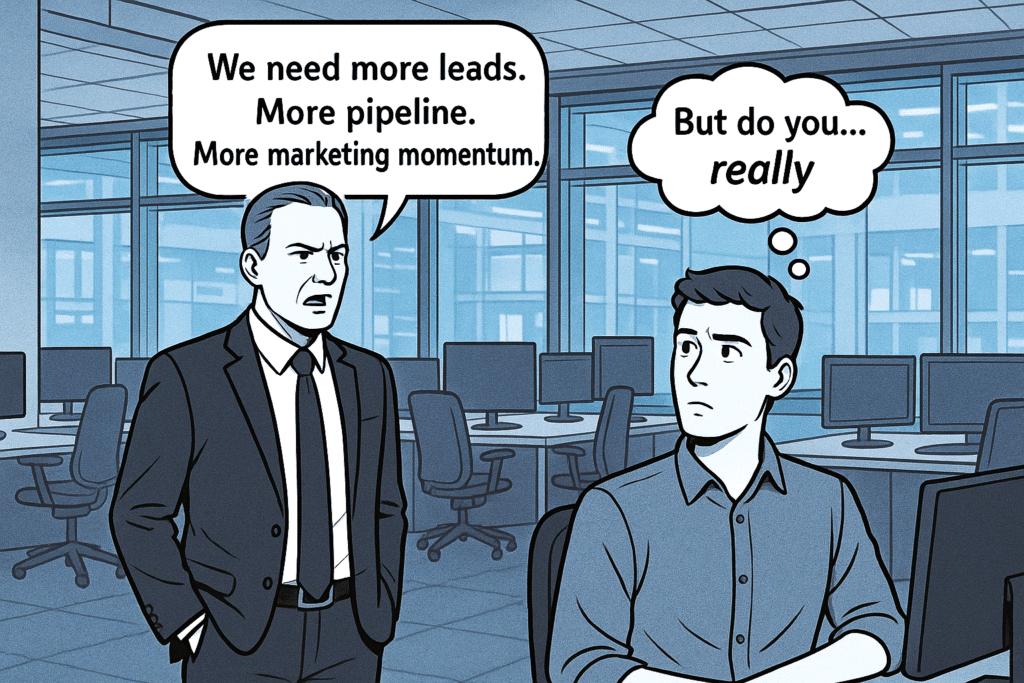All companies go through it, but when you hit a wall, you have some choices – the worst, is inaction, or to do nothing. This post looks at inaction in business and why is it a problem.
Business inaction is when one element of a business comes to a stop, preventing business growth. Depending on the source of the inaction, there are different reasons why it might have happened and different ways of solving the problem. Let’s take a closer look.
What causes inaction in business?
Inaction in business is a common problem by which one or more cogs in your organisation’s machine get stuck. It can happen at any level and for one of several reasons.
For example, business inaction at leadership level might happen because leaders are being pulled in different directions. Trustees, shareholders and stakeholders might be asking for one thing, but those involved at the operational level might require something else. This clash can prevent business leaders from taking any action at all. Instead, they might stall for time by “going out to consultation” or “fact finding” – two potentially good uses of time which can also be used to postpone the decision.
Business inaction can happen at a lower level too. Employees who are not delivering value for the organisation might be creating business inaction within their team. This could be because they have received unrealistic targets from leaders, which in turn cause demotivation and a lack of purpose. Or perhaps the employees were not involved with the decision-making process and, as a consequence, don’t feel personally invested in their role.
Sometimes business inaction happens because of a lack of organisational clarity. An opportunity might arise, but no one seizes it because no one knows whose responsibility it is.
Why is business inaction a problem?
Business inaction is a problem because it blocks business growth. When you don’t act, you are choosing to keep everything as it is, even if it isn’t delivering.
Business inaction can lead to missed opportunities or your company being overlooked for contracts and investment. At board level, leaders’ inaction shows employees that the status quo is good enough and there is no need to aim higher. At an operational level, it could result in you losing clients if your organisation does not deliver a high enough standard of service.
If inaction is holding your business back, it’s time to do something about it.
How do I turn inaction into action?
The first thing to do is to admit that your business is suffering from inaction. Accepting there is a problem and taking responsibility for solving it is one of the strongest steps a leader can take. Not only will it lead to you unblocking your business, but it could also drive a more positive culture throughout your organisation.
The next step is to identify where your business is blocked. It might be a senior level or further down. It might be related to a partner organisation, or an individual who has joined and generated an unhelpful clash.
Depending on what form the blockage takes, the way you tackle it will be different. It might be as simple as talking to people at other levels in your organisation and helping them to feel more invested in your business goals. Alternatively, you might need to make some tough decisions and set some ambitious new targets.
Marketing strategy to beat inaction
If you’re aware your business is suffering from inaction, Digital Clarity can help. Our in-depth approach to strategic marketing can help you identify blockages within your organization and put plans in place to get things moving.
Remember, doing nothing is not an option.



